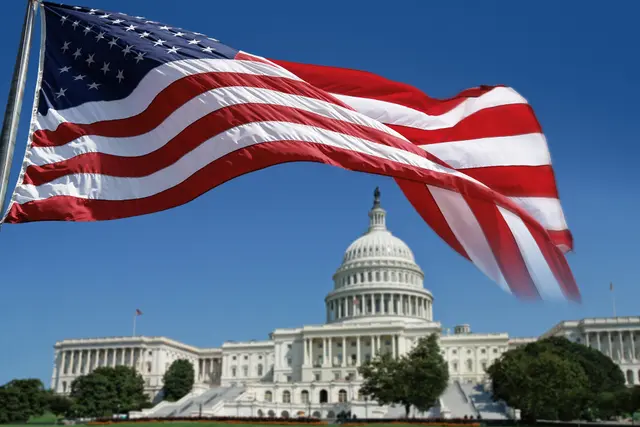On April 2, 2025, invoking his authority under the International Emergency Economic Powers Act of 1977 (IEEPA), President Donald Trump announced reciprocal tariffs against all countries. Certain countries with which the United States has the largest trade deficits will be subject to higher, individualized reciprocal tariffs. Below are the pertinent details from the Executive Order and White House Fact Sheet.
- Effective April 5, 2025, an additional 10 percent tariff will be imposed on all imports from all countries.
- Effective April 9, 2025, individualized reciprocal tariff rates higher than 10 percent will be imposed on certain countries enumerated in Annex I. Below are a few examples of the additional tariff rate on major U.S. trading partners:
- China: 34 percent
- European Union: 20 percent
- Vietnam: 46 percent
- Japan: 24 percent
- South Korea: 25 percent
- Taiwan: 32 percent
- India: 26 percent
- United Kingdom: 10 percent
- In-transit Exemption: Goods loaded onto a vessel at the port of loading and in transit on the final mode of transit before the effective dates will not be subject to such additional duty.
- Goods Not Subject to Reciprocal Tariffs: The following goods will not be subject to additional reciprocal tariffs.
- Steel and aluminum articles subject to Section 232 tariffs
- Autos and auto parts subject to Section 232 tariffs
- Copper, pharmaceuticals, semiconductors, and lumber articles (Annex II)
- All articles that may become subject to future Section 232 tariffs
- Energy, energy products, bullion, and certain critical minerals that are not available in the United States
- Canada and Mexico: Goods from Canada and Mexico are not subject to reciprocal tariffs, but continue to be subject to 25 percent tariffs under the existing IEEPA actions. Goods that qualify as originating under the U.S.-Mexico-Canada Agreement (USMCA) continue to be exempt from the 25 percent tariff. The Executive Order states that the 25 percent tariff rate for Canada and Mexico could decrease to 12 percent at a future date.
- U.S. Content Carve-Out: The reciprocal tariffs will not apply to U.S. content of an imported article if the subject article has least 20 percent U.S. content.
- Importers cannot use Foreign Trade Zones (FTZ) to avoid reciprocal duties.
- The Executive Order and Fact Sheet do not specify whether drawback duty refunds are available. All recent tariff actions expressly excluded the use of drawback refunds.
- Other than China-origin goods, imported goods qualifying for de minimis treatment (i.e. commercial value lower than $800) are not subject to reciprocal tariffs for now.
Companies should evaluate their supply chains to assess the potential duty impact based on the applicable country of origin and the respective duty rate. In some cases, like Chinese-origin goods, overlapping tariff actions on imported commodities may stack on top of each other. U.S. importers, in particular, should ensure that information including tariff classification, valuation, country of origin, and duties paid is accurately declared to U.S. Customs and Border Protection.




/Passle/6759c8e90870a6db06cc00e2/SearchServiceImages/2025-12-11-18-44-42-071-693b111a641ff44fb22b0f25.jpg)
/Passle/6759c8e90870a6db06cc00e2/SearchServiceImages/2025-10-27-19-12-36-841-68ffc424d509f987f3eeb2a5.jpg)
/Passle/6759c8e90870a6db06cc00e2/SearchServiceImages/2025-10-27-19-16-57-184-68ffc529d509f987f3eeb6c9.jpg)
/Passle/6759c8e90870a6db06cc00e2/SearchServiceImages/2025-10-27-19-04-03-795-68ffc223186d67c4aefc2c32.jpg)